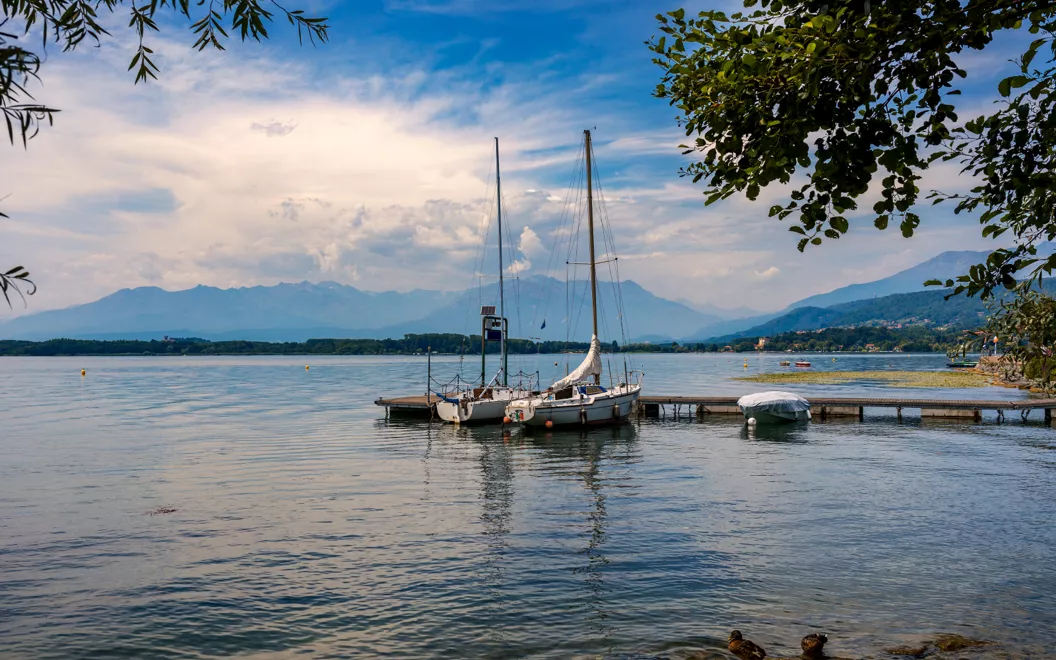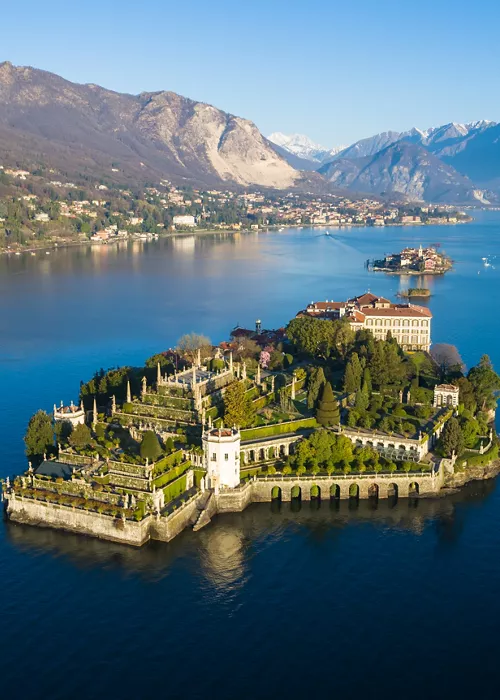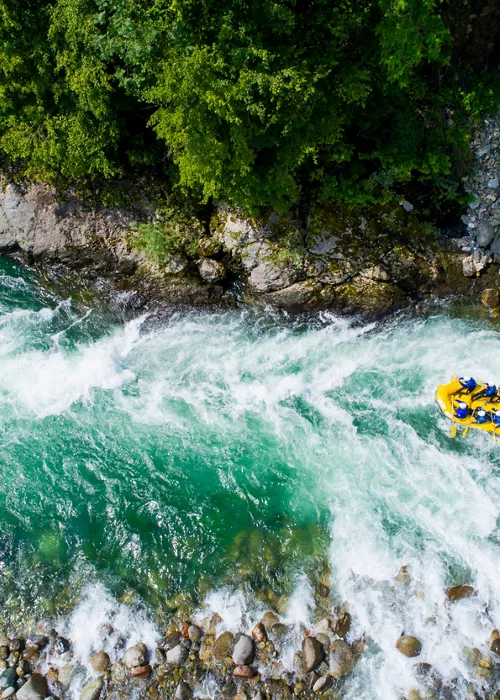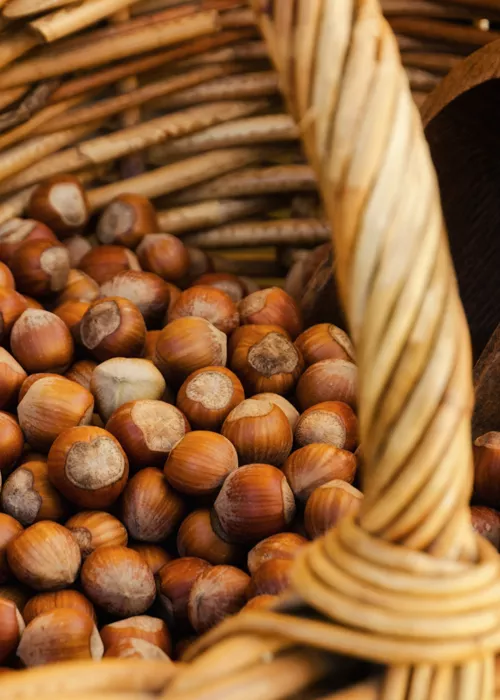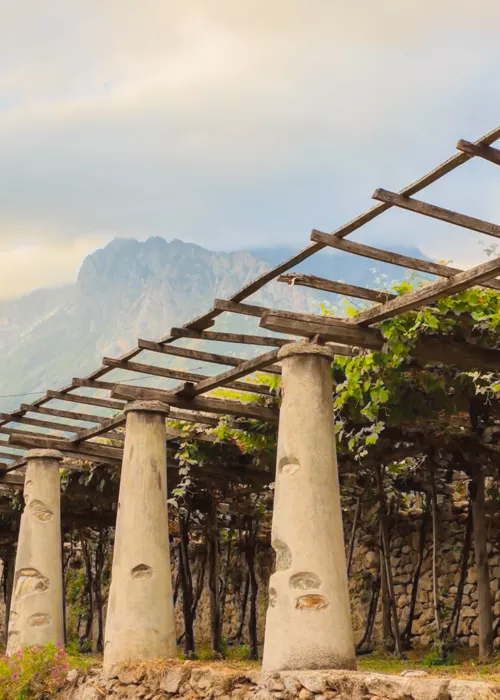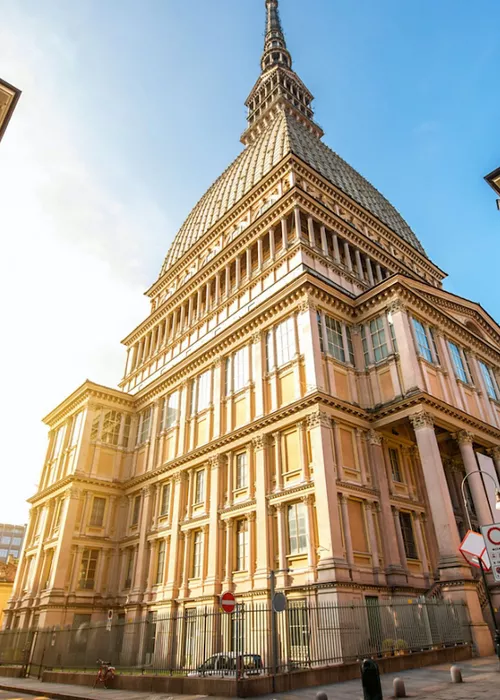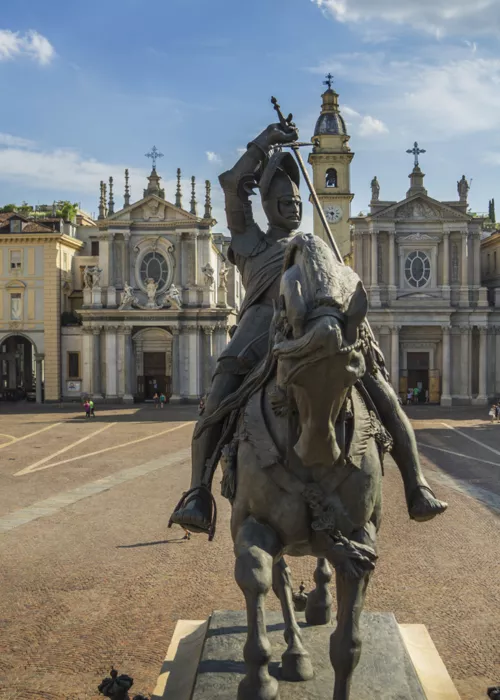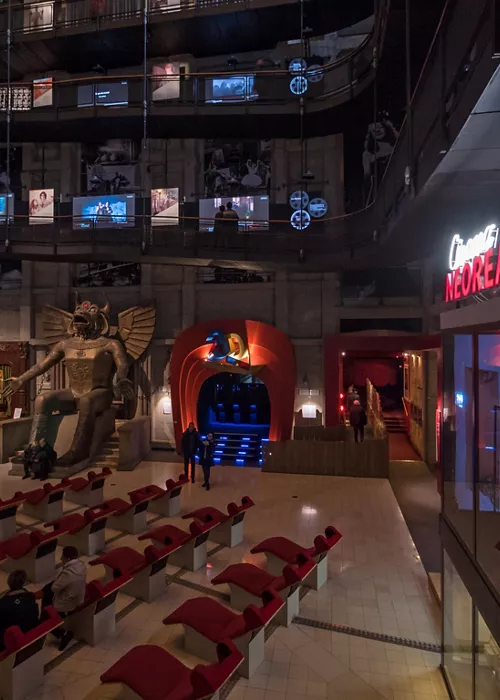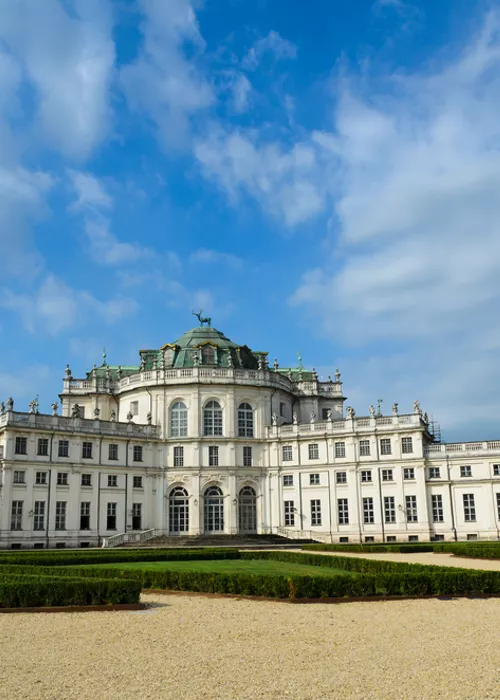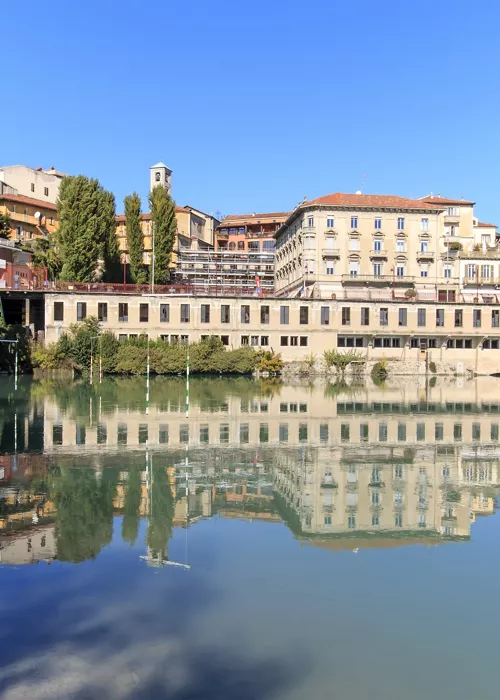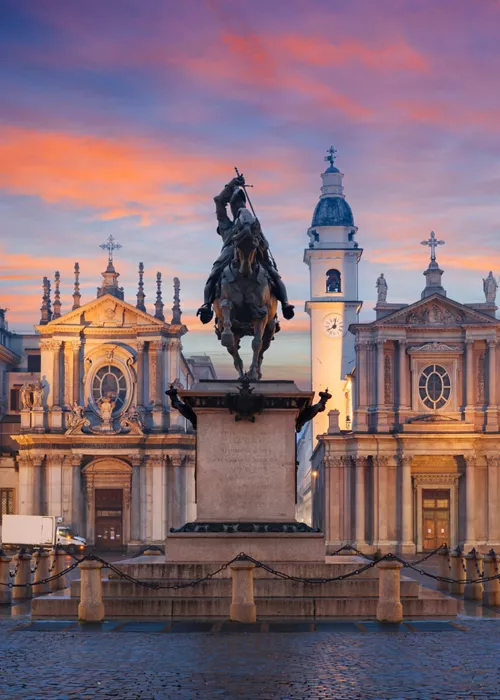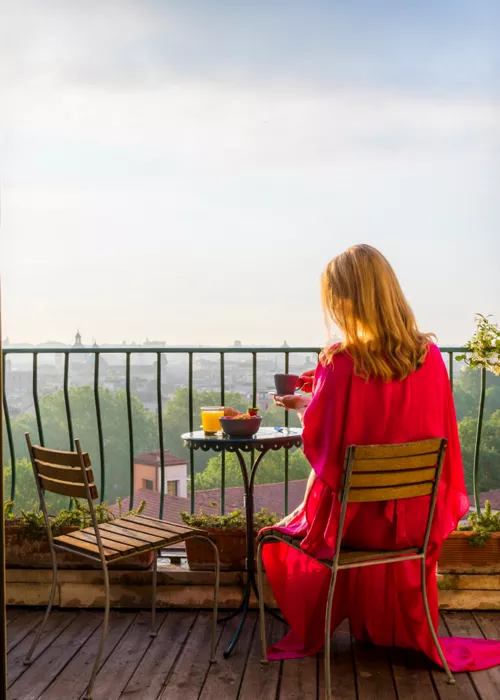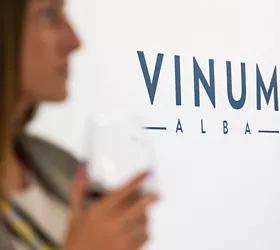Lake Viverone and the Church of Gesiùn, pearls of the Piedmontese Via Francigena
3 minutes
The Piedmontese Via Francigena passes right through here, immersed in green nature full of vineyards and sunflower fields and dotted with ancient churches, lakes, villages and castles.
The lakeside promenade
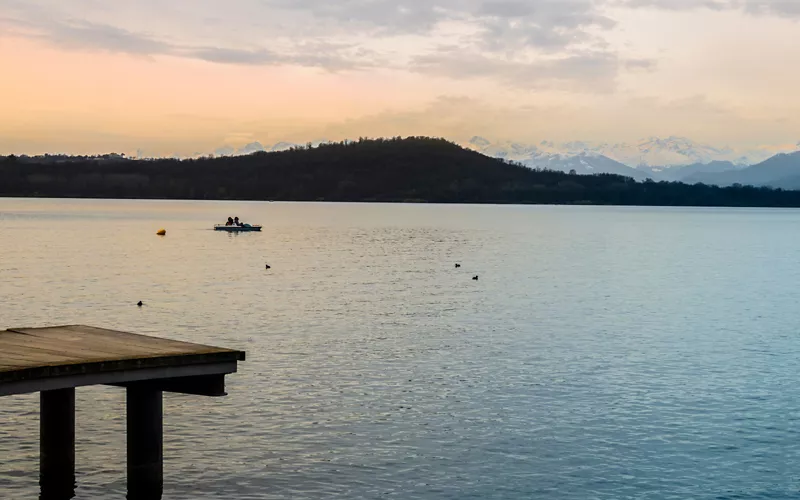
Lake Viverone, the third largest lake in Piedmont, lies at the foot of the Serra Morenica of Ivrea and has glacial origins.
Along the north bank there is a beautiful promenade full of kiosks and small restaurants where you can stop for an ice cream or an aperitif or enjoy a family lunch at the end of your walk.
During the Christmas period, the Christmas Market on the Lake is held here.
In summer, small, well-equipped beaches allow you to cool off with a dip, or you can take a trip around the lake in a pedal boat.
On public holidays you can take a boat tour to discover the lake’s secrets and the fauna that inhabit it. During the day you can rent canoes and sailing boats to venture out on the waters independently, while at night you can stay in one of the hotels or campsites on the banks of the lake.
It is worth staying until evening falls and the colours of the water and sky change as the sun sets, with the snow-capped peaks of the Alps in the background.
The village on stilts
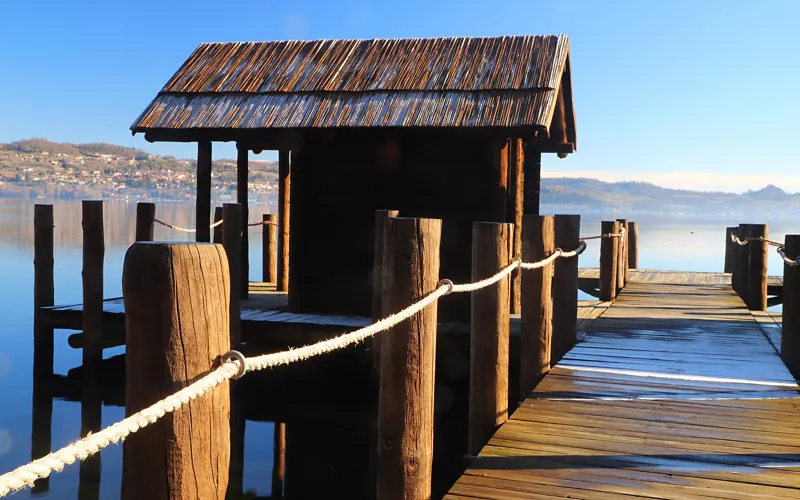
The bottom of the lake holds a secret only discovered in the 1970s. It is a village on stilts that dates back to the Bronze Age. In addition to 5,000 stakes driven into the submerged soil of the lake, which supported the huts that were arranged in a circle, weapons and jewellery were also found.
The wild shore

The village on stilts is located on the southern shore of the lake: the wilder, more richly vegetated and isolated shore. The birds that live here all year round and those passing through during migration are the undisputed masters of this part of the lake, which can be visited on foot or by bicycle via one of the nature trails.
From the stilt houses, a short walk through woods, marshes and meadows takes you to a wooden footbridge leading to the bird-watching tower.
Here you can also enjoy a spot of birdwatching, watching ducks, coots, mallards, gulls and grebes away from the crowds of the more touristy lakefront.
The sunken bell tower of San Martino
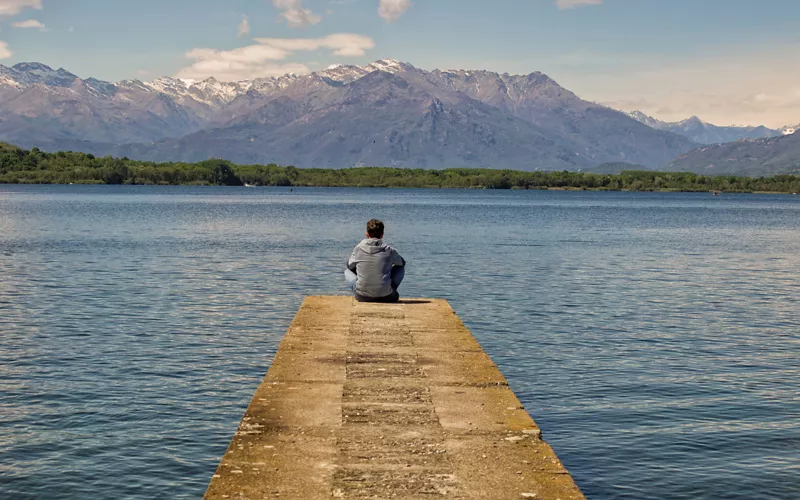
Before being called Lake Viverone, this was known as Lake San Martino. According to legend, a village once stood on its shores but was submerged as divine punishment when the local population did not offer hospitality to St Martin, who visited in 350.
It is said that when the wind blows hard from the Aosta Valley, one can hear the chimes of the submerged bell tower.
The Fortress of Magnano and surrounding castles
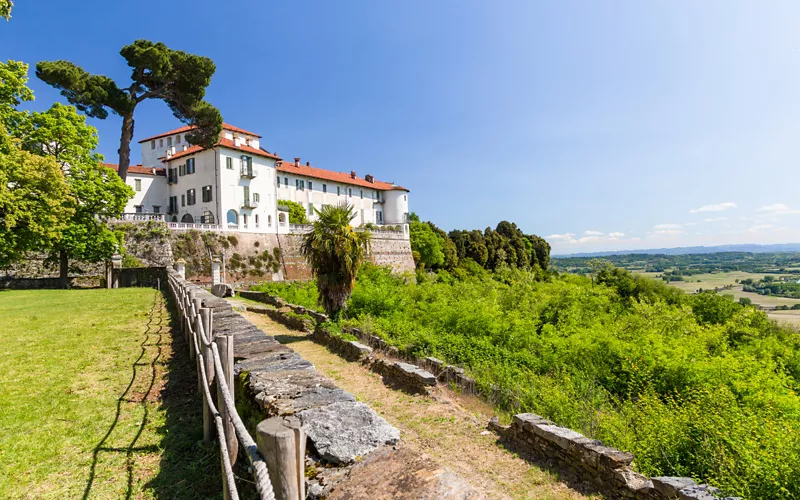
A short distance from the lake is the Fortress of Magnano , which has been perched on the hill of the Serra d'Ivrea with its small stone houses since 1204. From here, a walk through the woods leads to the Church of San Secondo, which dates back to the 11th century.
From the lake, it is also a 20- or 30-minute drive to Masino Castle, which features the splendid apartments of Christine of France as well as a maze in the garden, Agliè Castle with its 300 rooms, the mighty Bard Fortress and Roppolo Castle, to which a ghost story is linked.
During some renovation work on the castle in the 19th century, a suit of armour and a skeleton were found in a wall cavity. They belonged to Bernardo Valperga, lord of Mazzè, who disappeared without trace in the 15th century. He had been walled up alive. It is said that since then the ghost of his wife has been roaming the halls of the castle in search of her missing husband.
The Church of Gesiùn
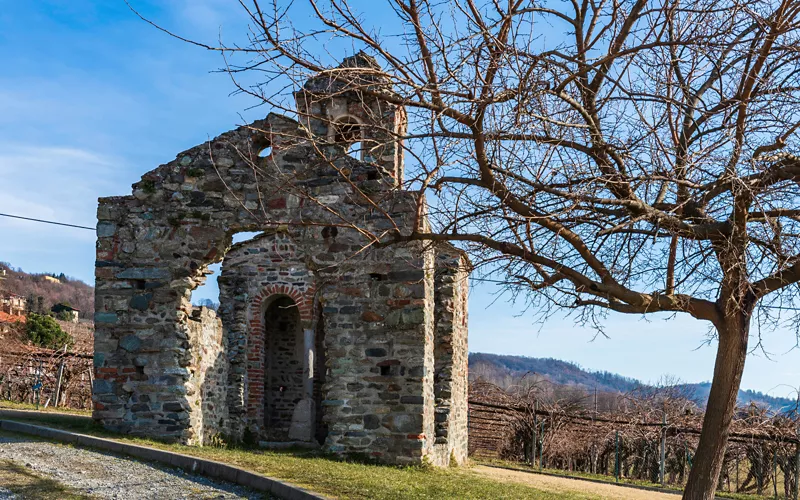
All that remains of the Romanesque Church of Gesiùn today are ruins, but it is no less fascinating for that. The church is located in the municipality of Piverone, in Torrone, right at the intersection of two country roads. All around are vineyards and cultivated fields as far as the eye can see.
The name Gesiùn means big church, despite its miniscule size. The origin of the church is not known with certainty, but is dated to the period between the end of the 10th and the middle of the 11th century. Only a few perimeter walls and the bell tower remain, as well as a fragment of a fresco that may have depicted St Peter. It is a real gem that is sure to enchant you.

